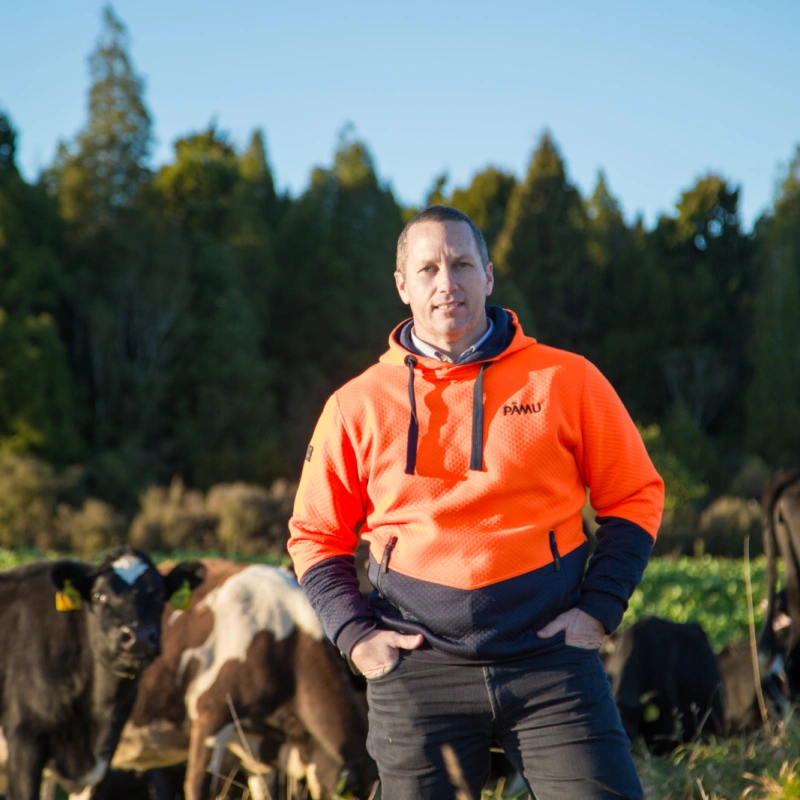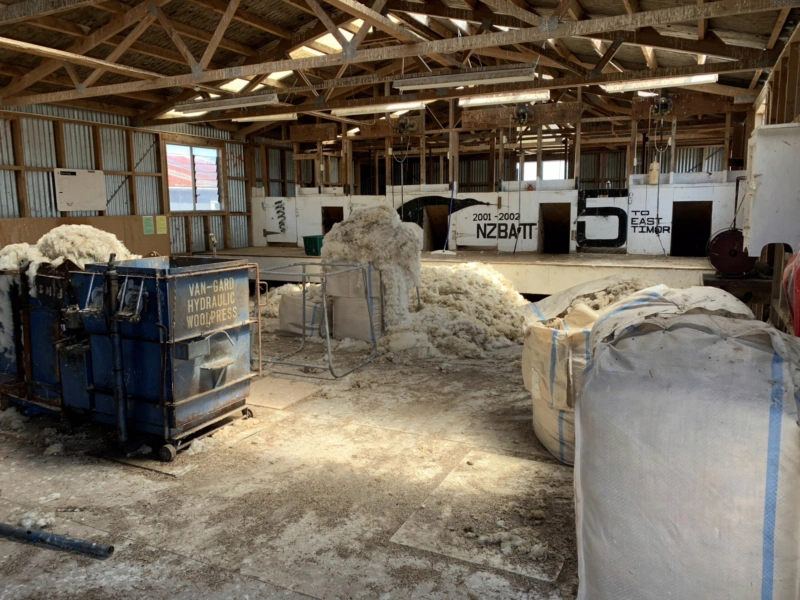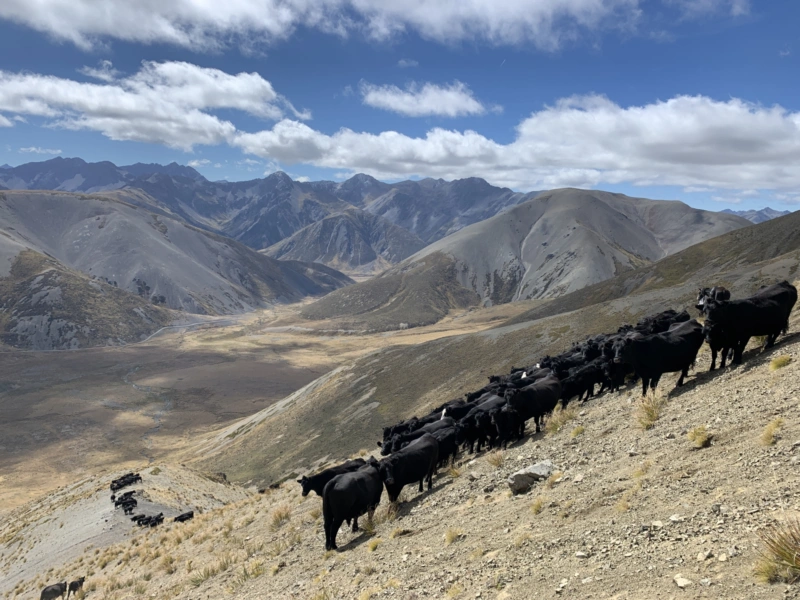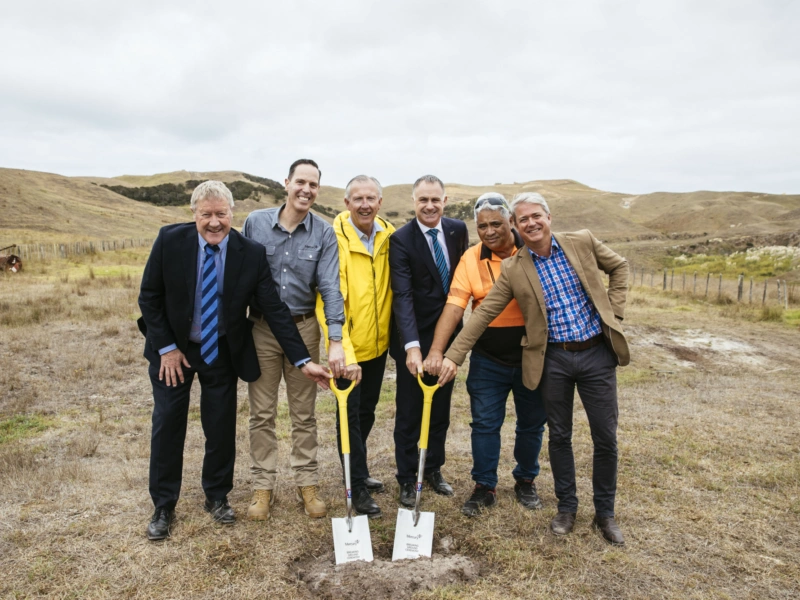Integrated Farming Excellence on the West Coast: A Pāmu Success Story
At Pāmu, we are redefining farming excellence through an integrated approach that optimizes land use, enhances productivity, and ensures long-term sustainability. Our West Coast operations—spanning 15 farms, 102,000 stock units, and 13,054 hectares, including over 1,800 hectares protected under QEII and DOC covenants—are a prime example of innovative farming practices driving measurable results.
Identifying Opportunities for Improvement
In 2021, we conducted a comprehensive review of our Cape Foulwind, Grey Valley, and Weka operations. This analysis revealed opportunities to integrate these farms, strengthen our core farming systems, and diversify revenue streams to reduce pay-out volatility. While our dairy farms were performing well, livestock returns—particularly from deer—were under pressure due to volatile pricing and higher capital requirements.
By transitioning away from breeding and finishing deer herds and focusing on terminal beef and dairy beef stock, we created an integrated farming system that now absorbs more than 60% of our dairy calf crop. This strategic shift positions us to achieve our goal of rearing all dairy calves for meat and milk production by 2030.
Key Outcomes of Integrated Farming
While the transition to a fully integrated farming system is still in its early days, the benefits are clear:
- Improved Environmental Performance: Environmental modelling shows a 40% reduction in greenhouse gas emissions per kilogram of liveweight produced.
- Increased Productivity: We’ve achieved better stock flow reliability, improved feed security, a lift in milk production, and increased meat production, all while maintaining consistent quality.
- Enhanced Pasture Management: Rotational grazing has improved pasture quality, increased the amount of pasture harvested, and lifted feed conversion efficiency.
Best Practices for Integrated Farming
The success of our integrated model is rooted in adopting best practices that align with modern farming challenges. These include:
- System Reviews and Risk Management: Comprehensive evaluations of biosecurity and agronomic risks are critical to ensuring smooth transitions and maintaining farm productivity.
- Focus on Genetics: Segmenting our mating plans has allowed us to maintain high-quality genetics across herds, ensuring stronger and more productive livestock.
- Optimizing Feed Systems: Expanding rearing capacity and refining feed systems have been essential to supporting the transition and maximizing output.
Sharing Knowledge for Industry Growth
Pāmu Upper South Island General Manager Cameron Walker says:
“Our West Coast model has set the direction for our future: a fully integrated farm system capable of achieving our 2030 strategic goals. We are proud of what the team has achieved and hope the experience gained can be shared with others looking to integrate farms in their portfolio.”
By sharing our learnings, we aim to help others in the agricultural sector adopt similar approaches, improve operational efficiency, and achieve better outcomes.
Why Integrated Farming Matters
Integrated farming is more than a strategy; it’s a mindset. It’s about using every resource—land, livestock, and expertise—to its fullest potential while maintaining a commitment to continuous improvement. As demonstrated on the West Coast, integrating farming operations not only improves productivity and profitability but also sets the foundation for a more resilient agricultural future.
At Pāmu, we remain committed to leading the way in farming excellence and sharing our journey to inspire others across the industry.



